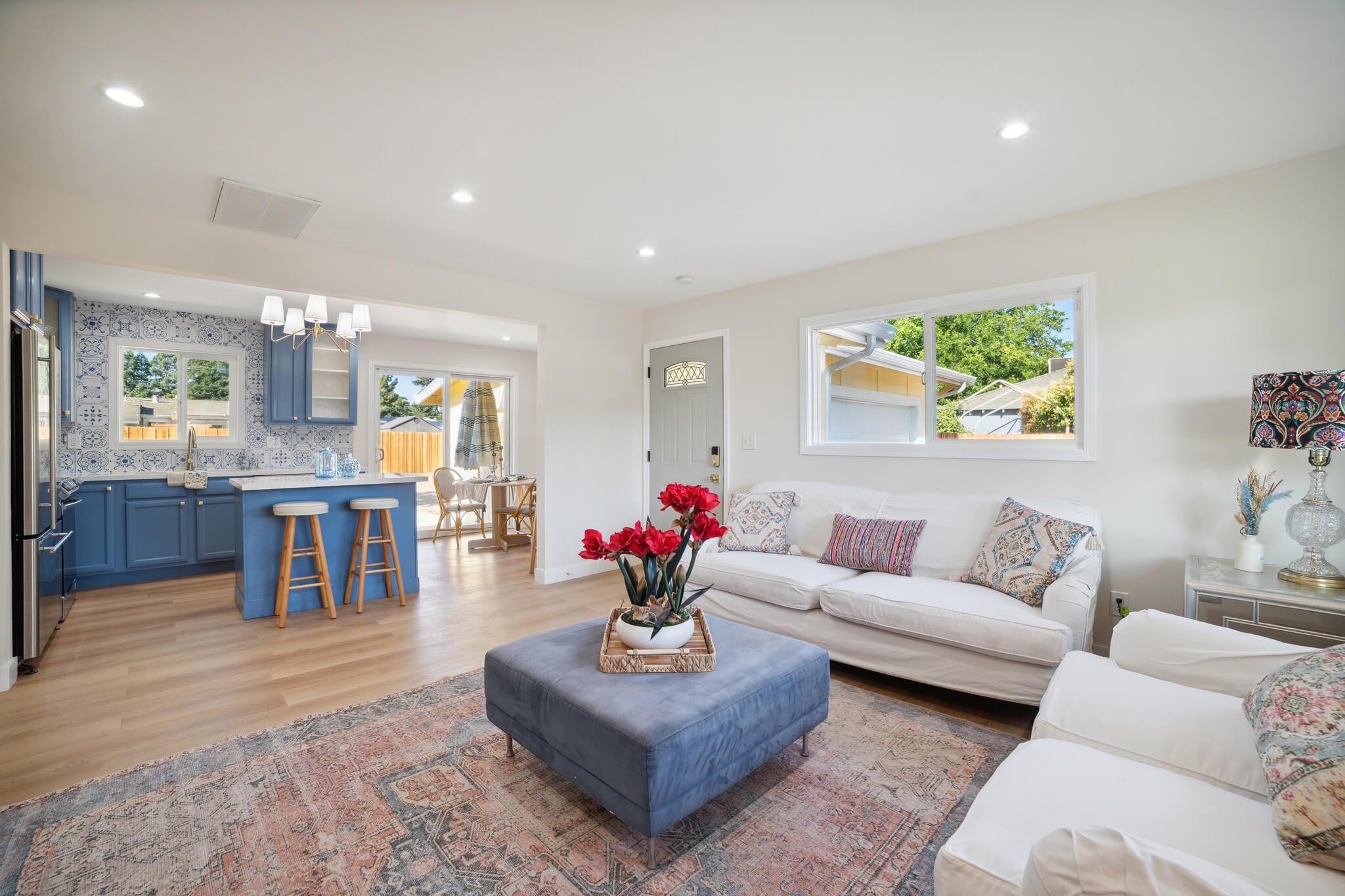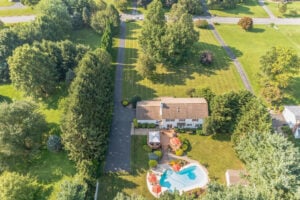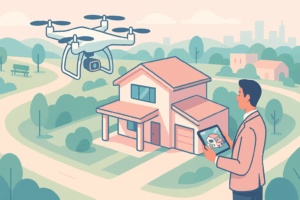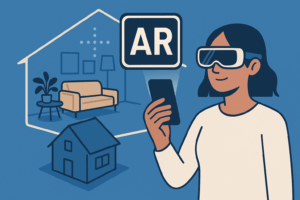Real estate photography is an essential component in marketing and selling properties. It captures the essence of a home, enticing potential buyers to envision themselves living in it. However, not all shooting conditions are ideal, and real estate photographers often encounter challenging situations that can make their job more difficult.
In this article, we will explore various difficult shooting conditions that real estate photographers commonly face and discuss effective strategies to handle them.
Unprepared Homeowners
One of the most common challenges in real estate photography is dealing with homeowners who are not prepared or actively moving things around during the shoot. Establishing clear communication with the homeowners beforehand is crucial to ensure they understand the importance of staging and preparing the property.
Encourage homeowners to declutter and tidy up their home before the scheduled shoot.
Additionally, consider providing them with a checklist on how to prepare their property for photography. If the homeowners are still moving things around during the shoot, politely request their cooperation and suggest taking breaks in between shots to allow them to finish their tasks.
Poor Condition or Maintenance
Photographing a property in poor condition, such as an investor fixer-upper, can be challenging. In such cases, it’s important to focus on capturing the property’s potential rather than its current state.
Look for unique features or architectural details that can be highlighted to pique the interest of potential buyers. Utilize angles and composition techniques to frame the property in the most appealing way possible. Consider using post-processing techniques to enhance the visual appeal, such as adjusting brightness and contrast, to make the property more inviting.
Bad Natural Lighting
Natural lighting is essential in real estate photography, but not all homes have optimal lighting conditions. When faced with bad natural lighting, adapting and making the most of the available light is important.
Begin by opening curtains and blinds to let in as much natural light as possible. If the lighting is still inadequate, supplement it with artificial lighting sources, such as off-camera flashes or portable studio lights.
Use diffusers and reflectors to soften and direct the light, creating a more natural and balanced look. Post-processing techniques, such as adjusting exposure and white balance, can also help correct lighting issues.
Photographing Small Spaces
Capturing small spaces can be challenging, as conveying a sense of space and functionality is important. Start by decluttering and removing unnecessary items to create a clean and open environment.
Utilize wide-angle lenses to capture a broader view of the space, making it appear larger. Experiment with different angles to emphasize the depth and dimension of the room. Focus on the unique features and architectural elements that make the space stand out. Lastly, consider using mirrors strategically to create an illusion of space and reflection.
Bad Weather
Weather conditions can sometimes pose challenges when photographing real estate exteriors. In cases of bad weather, it’s important to reschedule the shoot if possible. However, if rescheduling is not an option, consider embracing the weather conditions and using them to your advantage.
For example, rain can create a beautiful reflection on the pavement, adding an artistic touch to the image. Overcast skies can provide soft, diffused lighting, minimizing harsh shadows. Additionally, consider shooting during the “golden hour” (the hour after sunrise or before sunset) when the natural light is warm and creates a pleasing ambiance.
If it’s essential that the shoot proceeds as scheduled, despite the gray or overcast conditions, it’s crucial to remember the power of post-production. Skilled editors can perform wonders, and one such wizardry is sky replacement. This technique allows you to substitute a drab, gray sky with a vibrant, blue one.
Big Homes or Unusual Layouts
Photographing big homes or properties with unusual layouts can be overwhelming. To effectively capture these spaces, break them down into smaller, more manageable sections. Plan your shots carefully, focusing on key areas and unique features. You can use wide-angle lenses to capture a wider perspective and showcase the property’s spaciousness.
Experiment with different vantage points and angles to highlight the layout and flow of the home. Don’t be afraid to move furniture or objects temporarily to create more visually pleasing compositions. Lastly, consider incorporating human elements, such as people or pets, to add scale and life to the images.
Architectural Obstacles or Unattractive Surroundings
Real estate photographers often encounter properties with architectural obstacles or unattractive surroundings that can detract from the overall appeal of the images. It could be a neighboring building, unsightly construction, or other elements beyond the photographer’s control.
In such situations, it’s important to focus on the property’s positive attributes and find creative ways to minimize or avoid emphasizing the less desirable aspects.
Consider the angles from which you can capture the property to downplay any obstructions or unsightly surroundings. Look for perspectives that showcase the property’s best features while minimizing the impact of the obstacles. This may involve shooting from higher vantage points or finding unique angles that divert attention away from the undesired elements.
Limited Time for Shooting
Due to scheduling constraints or tight deadlines, real estate photographers often need more time to capture the property. When time is limited, it’s crucial to plan and prioritize efficiently. Before the shoot, thoroughly scout the property to identify key areas and must-have shots. Create a shot list or mental checklist to ensure you cover all the essential aspects of the property within the given timeframe.
Optimize your workflow by being well-prepared and organized. If necessary, set up your equipment in advance, including camera settings and lighting gear. Minimize the need for extensive setup or adjustments during the shoot to maximize shooting time.
Conclusion
Real estate photography often presents challenging shooting conditions. However, with proper preparation, effective communication, and creative problem-solving, photographers can overcome these obstacles and produce compelling images that showcase the true potential of the properties they capture.
Adapting to the situation, utilizing available resources, and applying photography techniques, real estate photographers can deliver stunning visuals that leave a lasting impression on potential buyers and help market properties successfully.



















